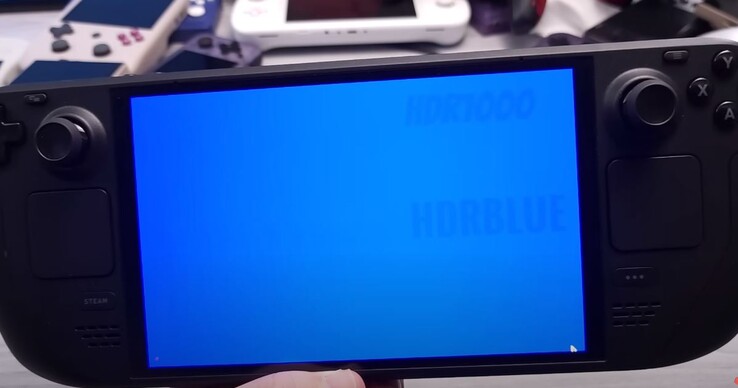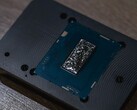Concerns regarding OLED technology persist despite advancements in display reliability, particularly regarding issues such as image retention and burn-ins. Initial findings from early testing of the Steam Deck’s OLED version by popular YouTuber The Phawx have uncovered potential risks associated with its prolonged usage.
Just last month, Phawx developed a software tool to assess the Steam Deck's OLED screen performance in terms of reliability after prolonged usage. In HDR mode running at 1000 nits, significant image retention was observed after approximately 750 hours of continuous operation, with blue subpixels displaying greater susceptibility to burn-in, followed by red ones. Moreover, YouTuber Wulff Den reported signs of burn-in on the OLED Steam Deck after a 1,500-hour stress test, featuring a screenshot from The Legend Of Zelda in SDR mode at 600 nits.
These findings are certainly worrisome for users who engage in long gaming sessions or prolonged device usage, especially if it involves static elements. The risk of image retention and burn-ins may disproportionately affect heavy users, particularly those who focus on a single game for extended periods. It's important to note that such issues may only become apparent after the expiration of the 1-year warranty period provided with the Steam Deck OLED, making life even harder for the unfortunate ones who face it.
In OLED displays, burn-in usually occurs when certain pixels age differently from others, resulting in permanent discoloration or even ghosting of images. This phenomenon is mostly caused by asymmetric pixel usage, with static images or elements displayed for prolonged periods being more prone to causing burn-ins.
To reduce the risk of burn-in, users should attempt to diversify their usage habits and avoid prolonged exposure to static images or elements. Simple practices such as using screen savers and periodically changing displayed content can help distribute pixel usage more evenly, potentially extending the lifespan of OLED displays. Additionally, reducing display brightness and utilizing dark mode wherever possible will further enhance the longevity of OLED displays.
Purchase the Spigen Thin fit Pro for Steam Deck/Steam Deck OLED on Amazon





















![Mechrevo intros a new config of the Aurora S gaming mini PC (Image source: JD.com [edited])](fileadmin/_processed_/0/f/csm_Mechrevo-Aurora-S-gaming-mini-PC_e0fa0ba417.jpg)





